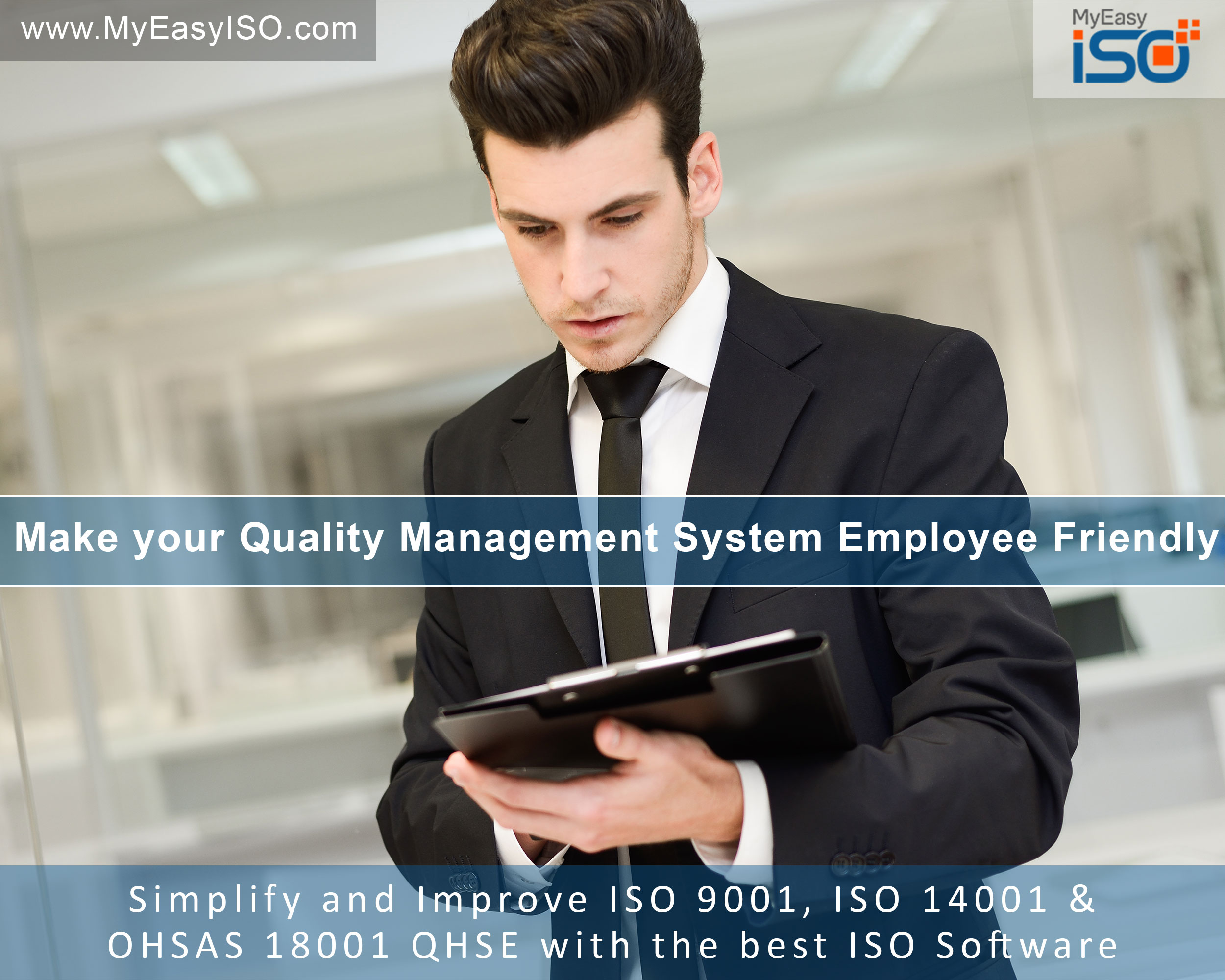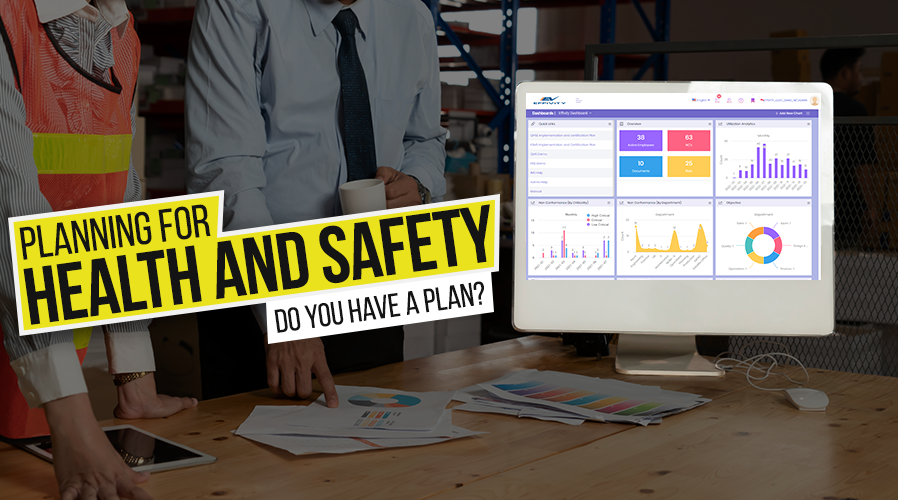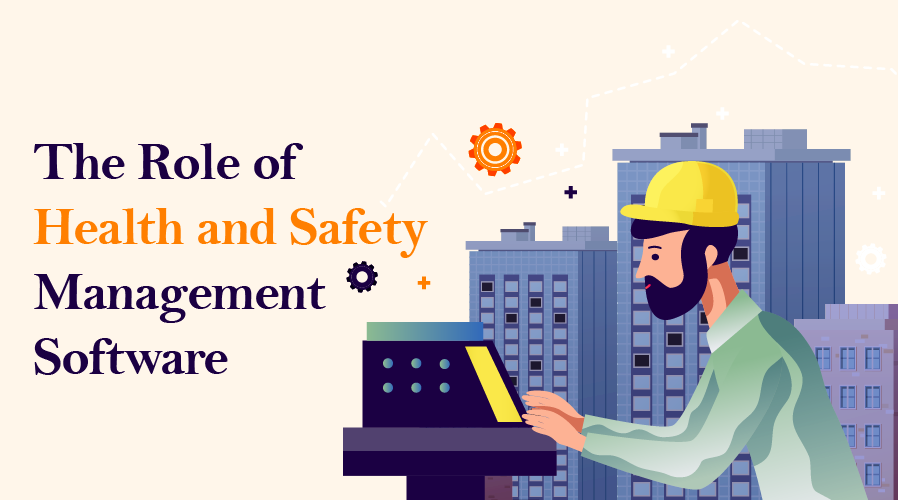Advantages of using Quality Software
Using software to implement and manage your ISO 9001 compliance has a number of advantages over doing it manually. The first of these is that you don’t have do design forms, documentation, policies and objectives, and procedures from scratch. ISO 9001 software generally has standard forms and templates built in that can be simply filled in with company relevant information.
The second advantage is compliance to all the requirements. If you build the system yourself, you need to make sure that you build a procedure for every requirement in the standard. This is a time consuming and often tricky endeavor. If you on the other hand use ISO 9001 software instead, procedures for all the requirements have already been built into the software and you merely need to capture the data for your company.
The third and final advantage has to do with document distribution and control, including records. With a paper based system, making sure that all relevant parties receive the latest versions of the procedures and don’t use old ones, and the proper keeping of records is a major undertaking. This also means that auditing and evaluating the system is difficult because documentation was spread over departments, often in different locations and even in different countries. When software is used for your ISO 9001 Quality Management System, all documentation is centralized on a server, either on the premises or in the cloud. This means that it becomes accessible anywhere and at any time. Document control and versions also become a breeze at it is a simple matter to archive an old version and allow users to only access the latest version.
The three advantages mentioned above result in a massive saving in time and effort, both when implementing and when managing and maintaining your QMS. This in turn leads to a substantial reduction in costs and your staff can simply use the system and reap its benefits, rather than having to worry about whether or not they are using the latest procedures and forms, and how to maintain records.
How MyEasyISO meets the Requirements
MyEasyISO’s ISO 9001 Software is built on a framework that integrates the processes and methodologies defined by the ISO 9001 QMS requirements. Where possible, MyEasyISO ISO 9001 Software contains software modules that are aligned with the clauses in the standard. Modules for example include
- Context of the Organization
- Risk and Opportunity
- HR
- Marketing
- Design and Development
And many more. Where a specific requirement of the standard does not lend itself to a specific dedicated module, for example Document Control, that requirement is weaved through and incorporated into the relevant modules to ensure that the requirement is met.
The ISO standards are updated approximately every 7 years. When this happens, MyEasyISO software is updated to reflect the changed and new requirements even before the new standard is officially released. Our engineers keep abreast of the process used by ISO when standards are changed, and will know in which direction the changes are likely to be. When drafts of the new version of the standard are released, we are already working behind the scenes to cater for the changes. When a new version of the standard is finally officially released, we will guide you through how this has changed the software and what you need to do in order to maintain compliance to the new version. As at the time of writing, MyEasyISO software is fully compliant with the requirements of ISO9001:2015.
Apart from MyEasyISO enabling you to meet the requirements of ISO 9001:2015, the software also has built processes that provide compliance with ISO 14001 and OHSAS 18001. MyEasyISO’s compliance management software enables organizations to identify, mitigate and prevent high-risk scenarios through automation, integration, risk management and collaboration.
Challenges in ISO 9001:2015
With the release of ISO 9001:2015, the previous requirements of having a Quality Management Representative or a Quality Manual have fallen away. The new version does however focus on a companywide commitment to Quality and hold the top management within the organization responsible for driving Quality.
Another change is that “risk –based-thinking” needs to be applied to your Quality Management System. Risk-based thinking replaces what used to be called preventative action and refers to methods and activities that are used by organizations to manage and control any risks that may affect its ability to achieve objectives.
The Solution
MyEasyISO’s Quality Management System software enables organizations to build a Quality System that is centralized and controlled. This centralization results in a single source for all information and process automation enables collaboration within the organization. This results in greater control and visibility, while enabling a risk-based view into Quality Management.
ISO 9001 quality management systems (QMS) are implemented using MyEasyISO software in Seoul (Republic of Korea), while ISO 14001 & OHSAS 18001 Health Safety Management Systems (HSE) are implemented with MyEasyISO in San Cristobal De Las Casas (Mexico).












